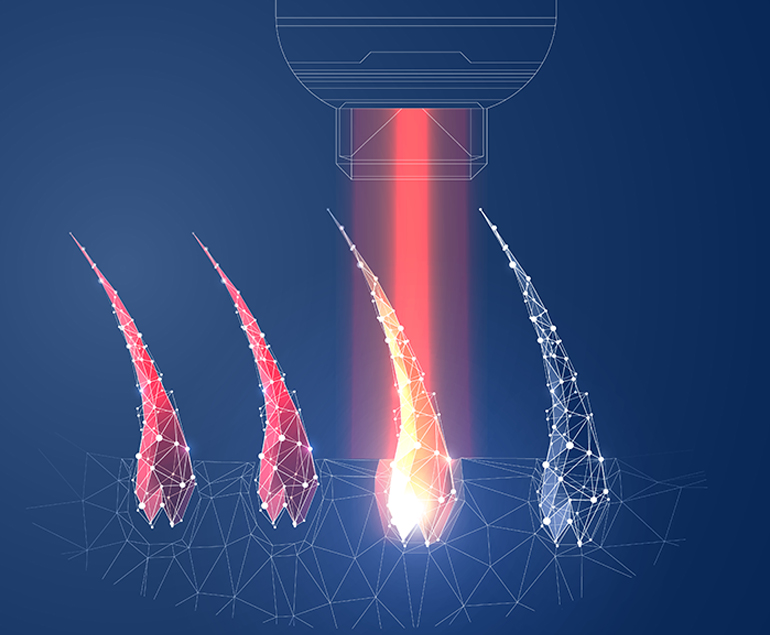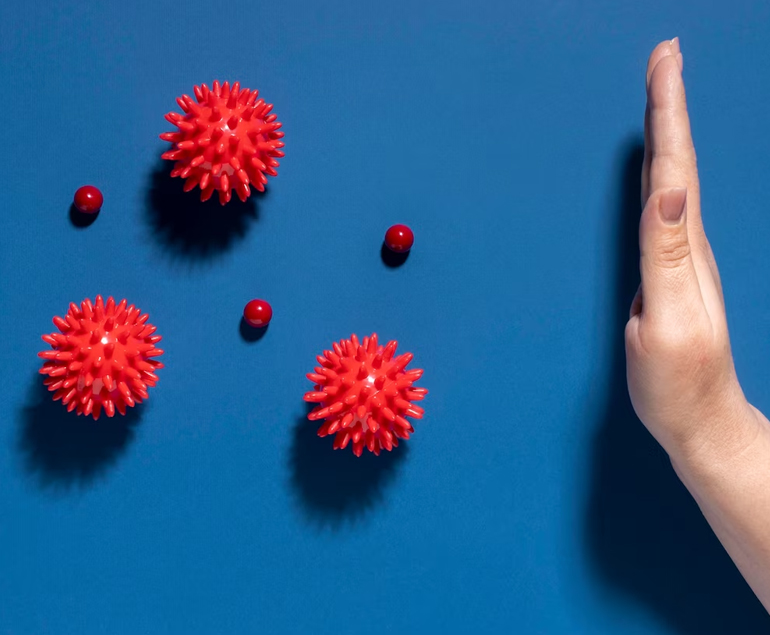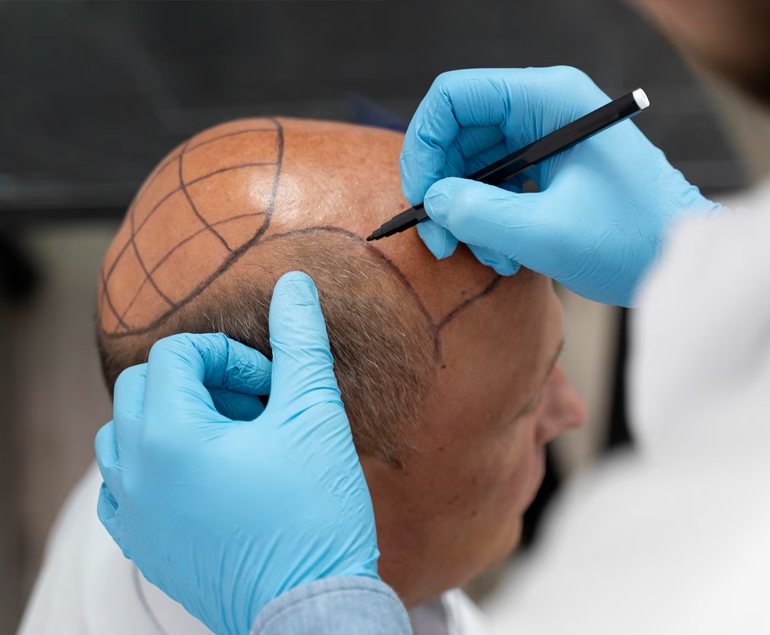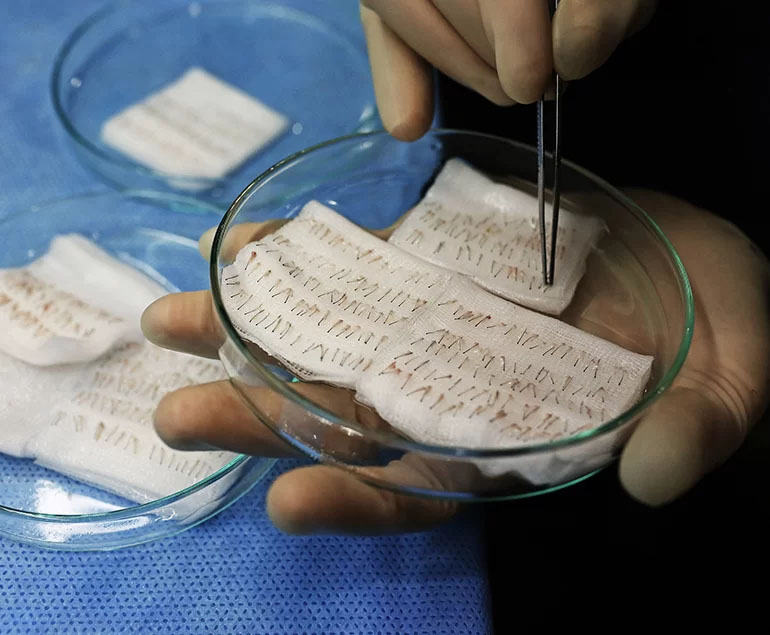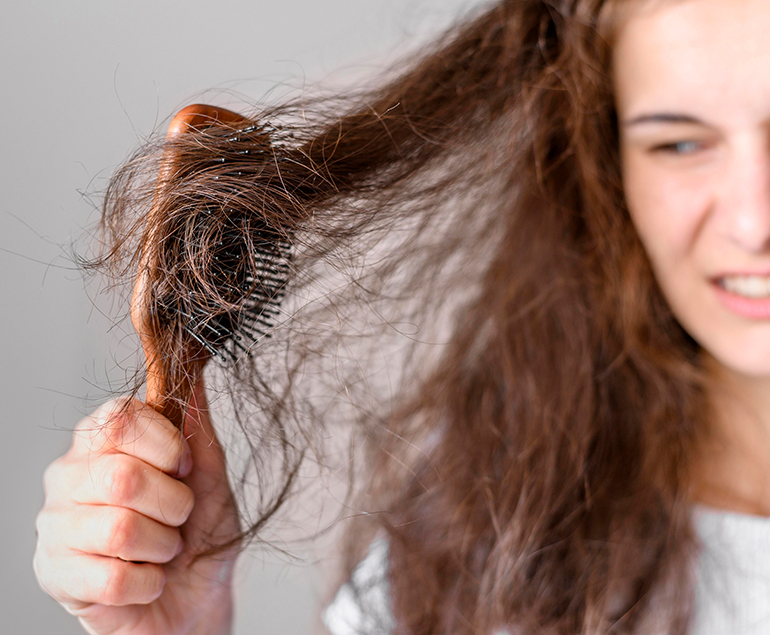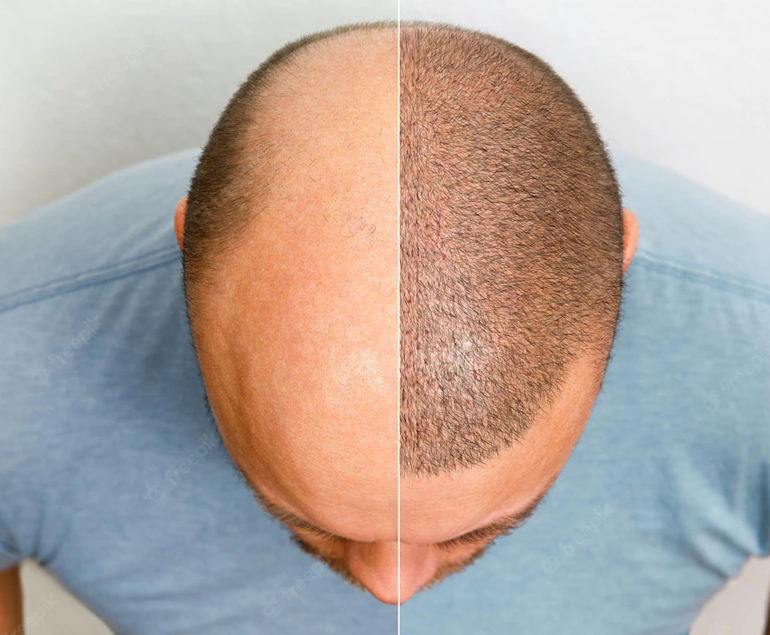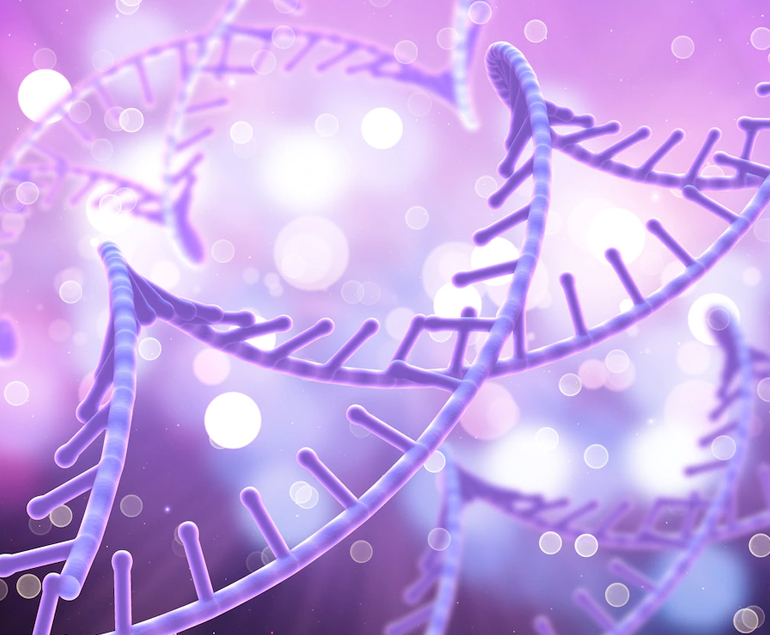Hair laser is a treatment method used to prevent hair loss or to promote hair growth. The hair laser stimulates hair follicles by focusing low-level laser beams on the scalp and increases cellular activity. This treatment method promotes hair growth by supporting the health of the scalp.
The effects of hair laser treatment can be as follows:
- Promotes Hair Growth: Hair laser stimulates hair follicles. Low-level laser beams strengthen hair roots and promote hair growth. This helps to thicken thinning hair and assists the growth of new hair.
- Reduces Hair Loss: Hair loss usually occurs as a result of the weakening or inactivity of hair follicles. Hair laser treatment stimulates hair follicles, reducing hair loss. It allows for denser hair growth in areas made sparse by hair loss.
- Nourishes the Scalp: Hair laser increases blood circulation in the scalp, allowing more oxygen and nutrients to be delivered to the hair roots. This makes the scalp healthier and promotes hair growth.
- Improves Hair Quality: Hair laser treatment supports the hair strands to be thicker, healthier, and stronger. This makes the hair look fuller and shinier.
- Reduces Inflammation: Hair loss and hair diseases can sometimes cause inflammation in the scalp. Hair laser treatment reduces inflammation in the scalp and creates a healthy scalp environment.
The effects of hair laser treatment can vary from person to person. It is important to apply the treatment regularly and continue for the recommended period for the treatment to be effective.
In conclusion, hair laser treatment is a method used to promote hair growth and reduce hair loss. It stimulates hair roots by increasing cellular activity in the scalp and supports the hair to grow thicker and healthier. It is important to consult a hair transplant specialist to get more information about hair laser treatment and to evaluate treatment options.

